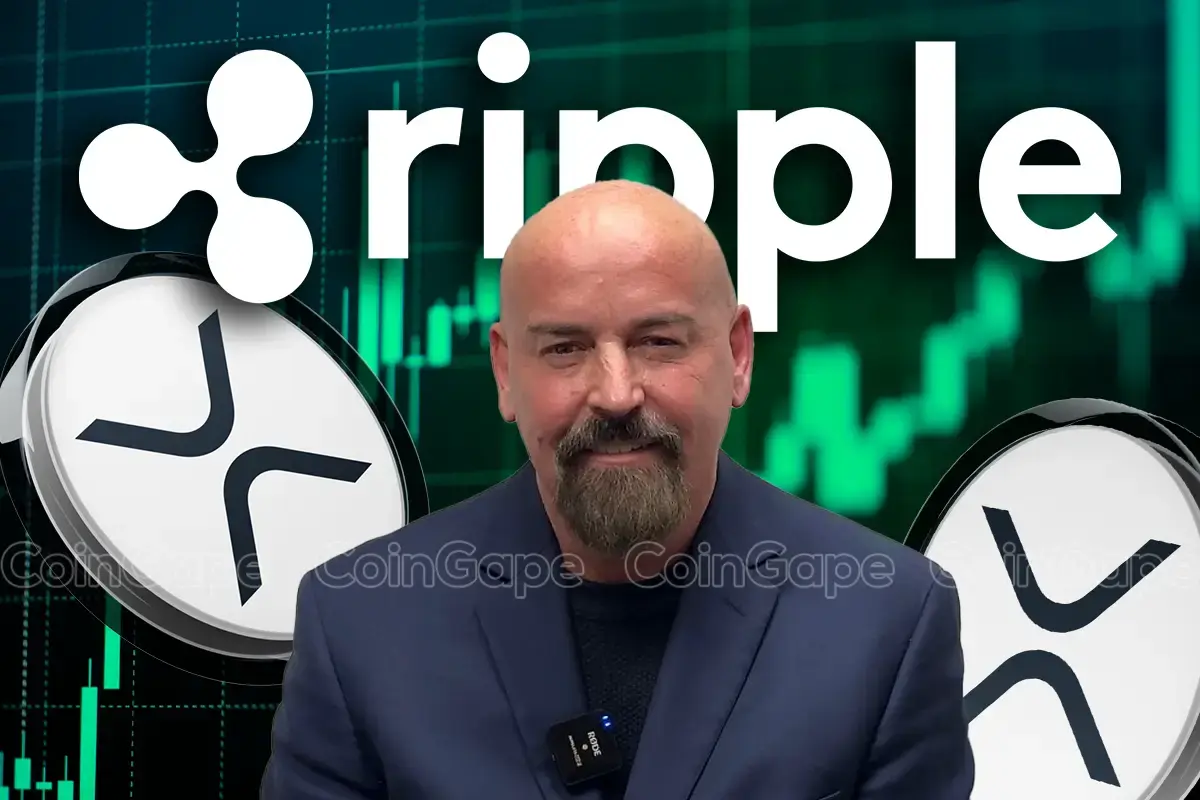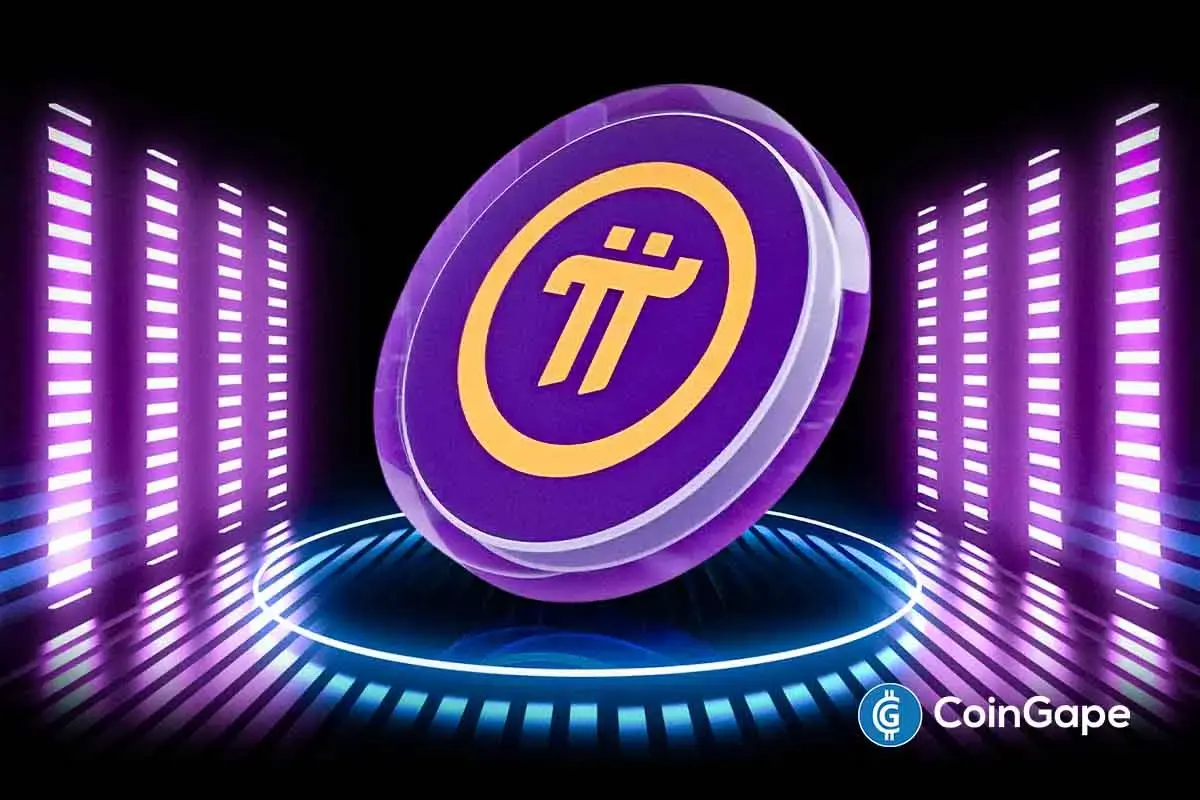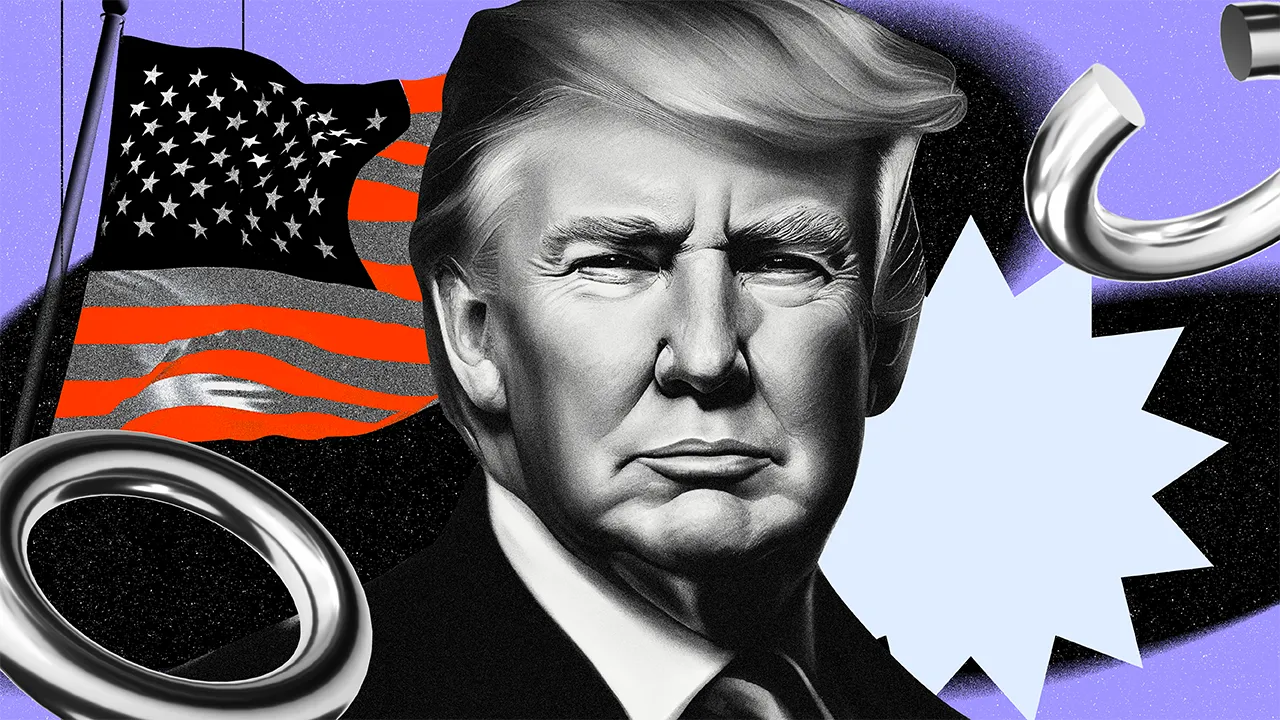Market
Decentralized Masters and Their DeFi Journey


Decentralized finance (DeFi) scene is growing quickly. Tan Gera and Salim Elhila and have entered this dynamic field, starting Decentralized Masters, a platform to guide and teach people about the crypto world.
The entrepreneur duo’s journey shows their ability to adapt, overcome, and evolve, as they create a space for themselves in DeFi’s changing environment.
Decentralized Masters is a platform designed to educate and guide individuals in the DeFi space. It offers comprehensive resources and strategies for navigating the crypto industry, covering everything from portfolio management to market analysis. The platform fosters a mastermind community, bringing together high-value individuals to share insights and strategies. Decentralized Masters aims to bridge the gap between traditional finance and the emerging DeFi world, equipping members with the knowledge and tools to succeed.
From Wall Street to Web3
Salim, an AI and big data engineer by trade, found his calling beyond the corporate world. With a background in engineering, mathematics, and statistical modeling, he expanded his expertise to include marketing and sales strategies for online ventures, becoming the marketing mastermind behind a combined $100M in sales in these industries.Yet, his real breakthrough came in 2022 when a tweet by Elon Musk sparked his interest in Bitcoin (BTC), propelling him down the cryptocurrency rabbit hole.
“I participated in many Web3 projects, the most famous being MetaLegends, where I was managing the marketing side of things. This project sold out for $20 million. That’s when I realized things are happening way faster in the Web3 world”, Salim says. “And by that time, I met Tan. At the peak of the last bull market we chose to launch something together. And that’s how Decentralized Masters came to be.”
Tan, on the other hand, began his journey in the world of finance, climbing the investment banking ladder. From the suburbs of Paris, he navigated a traditional path, securing a role on Wall Street, where he witnessed the inner workings of the banking industry. But Tan’s experience with crypto conferences and witnessing the potential of blockchain technology led him to shift gears. He recognized the power of DeFi, particularly in comparison to traditional banking systems, and made the transition to the crypto space.
“At 21 I passed my CFP1 and got access to Wall Street. I did an internship there as an investment banker, and it really opened my eyes,” Tan adds. “I saw behind the curtains of the big investment banks how the game was rigged. And I saw true use cases of crypto, how it could make everything better.”
Turning Adversity into Opportunity
The inception of Decentralized Masters came at a crucial moment. The company launched just before a brutal market crash: one of the biggest centralized exchanges in the US, FTX, collapsed, triggering a domino effect throughout the industry. The downfall of Sam Bankman-Fried’s empire led to widespread fear, eroded trust in CEXes and intensified the challenges for a freshly launched company.
Despite early success, their journey took a steep turn when their payment processor unexpectedly blocked transactions and banking partners temporarily froze funds. Plus, social platforms restricted their content and it was as if everyone was against them. However, Salim and Tan saw an opportunity in the adversity.
“We were starting to sell really well. It was a massive success. But after one or two weeks of sales, the FTX crash happened,” – Salim reflects. “And from there, everything went downhill. We almost gave up, it felt like the whole Universe was conspiring to make sure we wouldn’t win. But by the end of the year we were like – you know what, if we manage to do this during a bear market, imagine how amazing it will be during a bull market? And from there, it has been a crazy ascension.”
The duo’s resilience paid off, as they secured new banking partners and payment processors, and Decentralized Masters grew from zero employees by the end of 2022 to over 80 team members in just a year.
Both entrepreneurs now look back to late November 2022 as a turning point for the whole DeFi space. People recognized that centralized exchanges were not safe and reaffirmed the value proposition of DeFi platforms.
Tan notes centralized exchanges function like traditional banks, using clients’ assets to make money and offering crypto products without leveraging blockchain technology. According to him, this leads to issues such as limited transparency and lack of security, as seen in the FTX case.
“What centralized exchanges do? They pay clients 3-4% and use their crypto to make 20-30-40% in DeFi protocols. That’s exactly what the bank does when you leave your money in savings,” he recalls. “What we want to teach people is to self-custody their funds to hedge against the monetary system, so they can control it and make the profit instead of giving it to the third party.”
The Decentralized Approach
Decentralized Masters provides comprehensive education on DeFi and crypto markets. The platform’s value lies in its multifaceted approach, from portfolio management and asset selection to technical analysis and strategy development.
As for now, the company boasts a team of 10 full-time analysts who conduct in-depth research into various projects, comparing them across a range of variables. They provide a full overview of each asset, incorporating fundamental, technical, on-chain, and team analyses. The projects are then graded based on these variables, resulting in a ranking system to assess their success potential.
“We’re lucky to be surrounded by a team of people who are all experts in their different narratives. They conduct due diligence on a daily basis,” Tan explains. “That allows us to basically rate different protocols, different projects, and make sure that we only invest in projects that have a high potential of staying alive.”
But the team’s vision extends beyond analysis, encompassing community building and mentoring. Decentralized Masters offers a mastermind community and a platform for members to connect and share knowledge. This extensive ecosystem has fostered a thriving community, where members proudly display their credentials.
“We gather high-value individuals with the same sophistication and values,” Salim notes. “Сommunity in crypto is everything: it can make or break one’s success. At the end of the day, when you’re surrounded by the right people, things tend to work pretty well.”
Bridging TradFi and DeFi
Decentralized Masters’ narrative was designed to act as a bridge between traditional finance (TradFi) and DeFi. Their strategies leverage portfolio management principles from Tan’s CFA background, while also incorporating decentralized finance tools. This convergence of two worlds is pivotal to their mission.
“We teach people to stay away from risk while optimizing potential rewards. It’s all about the portfolio allocation principles that we have and the rules that we follow to make sure we avoid the downside,” Salim comments. “Once you have decided which 10 to 12 assets you want to hold, you can use DeFi tools to juice up the returns with a long term mindset. When the market is going red, you can add some delta-neutral strategies and more elaborate strategies on top.”
The founders draw a parallel from the TradFi world to the current DeFi space, where concepts such as restaking and liquid restaking echo the derivatives ideology from traditional finance. They highlight that this transition represents a broader shift, with all the innovation from TradFi moving to DeFi, where everything can be tokenized.
“While TradFi currently holds more capabilities due to decades of development, DeFi is quickly catching up, particularly with finance experts joining the pace. This space needs real finance people to jump ship and help the devs,» Tan asserts, highlighting the need for collaboration between financial and technical expertise.
This union is embodied in the Decentralized Masters team, with Salim’s engineering prowess and Tan’s finance acumen driving the platform’s growth. The project is poised to expand further, led by its dedication to education, innovation, and community building. Decentralized Masters’ vision reflects the evolving crypto space, as they merge the old and new financial worlds, offering nuanced insights and strategies.
Disclaimer
In compliance with the Trust Project guidelines, this opinion article presents the author’s perspective and may not necessarily reflect the views of BeInCrypto. BeInCrypto remains committed to transparent reporting and upholding the highest standards of journalism. Readers are advised to verify information independently and consult with a professional before making decisions based on this content. Please note that our Terms and Conditions, Privacy Policy, and Disclaimers have been updated.
Market
Is It the Safest Crypto Sector?

Onchain data shows that RWA tokenization is bucking macroeconomic trends by growing remarkably while other crypto sectors face uncertainty and contractions. There is an increasing belief that these are some of the safest Web3 assets.
Several experts shared key insights into this remarkable growth with BeInCrypto.
How Can RWAs Change Crypto?
Real-world Assets (RWAs) are an important part of the crypto market for several reasons. For example, a report from Binance Research claims that they are the Web3 economy’s most tariff-resilient asset sector.
According to new data, RWAs are growing substantially, surpassing $20 billion on-chain with 12% growth in the last 30 days.
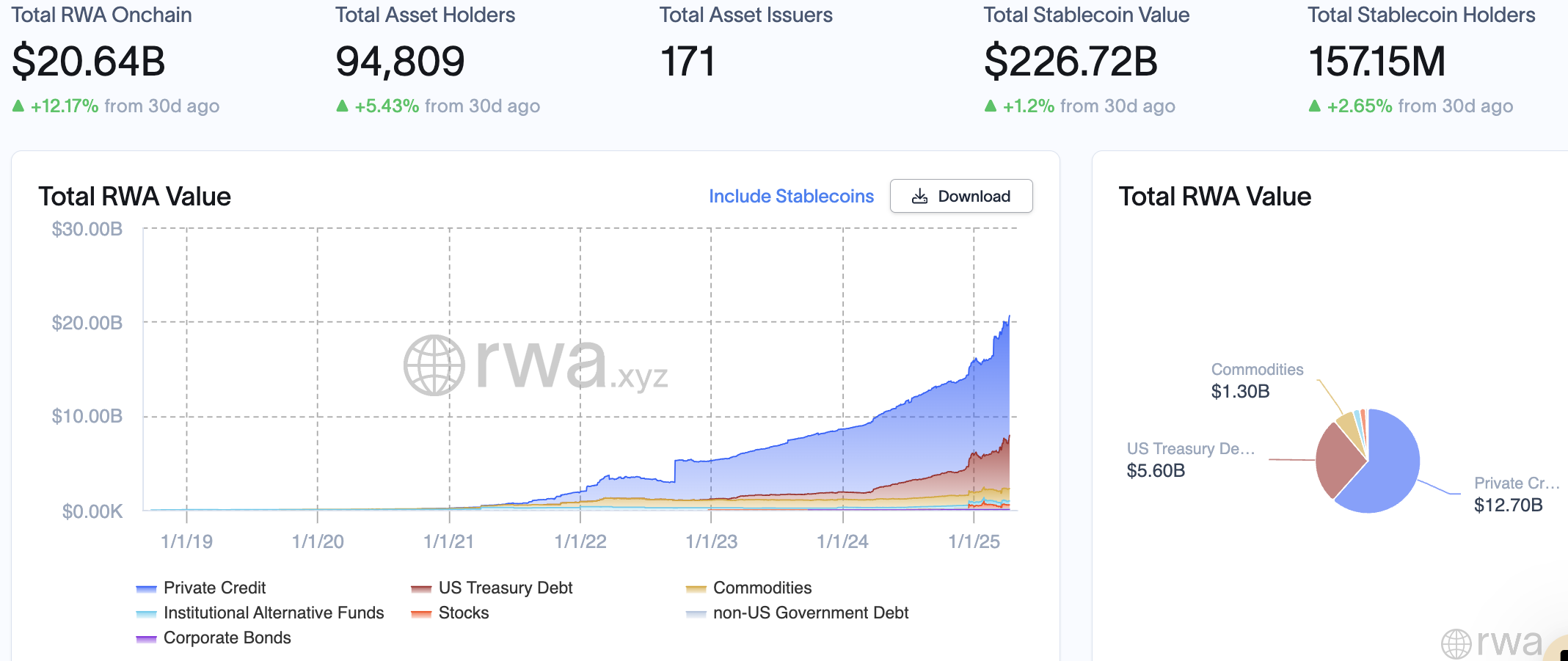
This data gives a few key insights that may be especially relevant in the near future. Importantly, while most of the crypto market is retreating under macroeconomic concerns, the RWA sector is on the rise.
Over the past month, Trump’s on-and-off tariff chaos and inflation fears have injected extreme volatility into the crypto market. Altcoins like Ethereum and XRP have lost over 10% on the monthly chart, but daily volatility has been much worse.
However, major RWA tokens, like Chainlink, Mantra, and ONDO, either remained comparatively stable or had positive positive gains during this period.
Kevin Rusher, founder of RWA lending platform RAAC, remarked on these dynamics in an exclusive commentary shared with BeInCrypto.
“The tokenized RWA market crossing $20 billion in this market is a strong signal. First, it is the only sector in crypto still reaching new ATHs while most are far from their highest levels and suffering heavy losses. Secondly, it shows that it’s not only hype anymore. Institutions are not just talking about it; they are actively tokenizing Real World Assets now,” Rusher said.
Rusher’s comments about institutional RWA investment are clearly visible in the crypto market. On April 7, MANTRA’s OM token held onto value despite broad-sector losses, as it announced a $108 million RWA fund.
Major institutional investors like BlackRock and Fidelity have also increased their RWA commitments.
Rusher went on to state that RWAs are especially attractive because of their stability. Although most of the crypto market is highly susceptible to volatility, RWAs are “building actual infrastructure with long-term value” and generating liquidity.
Tracy Jin, COO of crypto exchange MEXC, also echoed these sentiments:
“Historically, during seasons of liquidity crunch, investors seek refuge in more traditional stable assets like treasuries or cash. However, this time, the geopolitical turbulence has also triggered a sell-off in treasuries. With tokenized gold approaching a $2 billion market cap and tokenized treasuries seeing an 8.7% increase over the past 7 days, these assets continue to build market momentum at the heart of the general market slump,” Jin stated.
Overall, the capital flowing into the RWA ecosystem amid the financial market storm is a positive indicator for the broader crypto space. These funds could even encourage investors to increase their crypto exposure after the market settles. For these reasons, the RWA space has a lot of immediate potential.
Disclaimer
In adherence to the Trust Project guidelines, BeInCrypto is committed to unbiased, transparent reporting. This news article aims to provide accurate, timely information. However, readers are advised to verify facts independently and consult with a professional before making any decisions based on this content. Please note that our Terms and Conditions, Privacy Policy, and Disclaimers have been updated.
Market
Investors Shift to Crypto, Gold, and Equities Amid Tariff Volatility

Welcome to the US Morning Crypto Briefing—your essential rundown of the most important developments in crypto for the day ahead.
Grab a coffee to see how investors in emerging markets are doubling down on digital assets and tokenized alternatives as the US dollar falters and inflation risks rise.
Investors Turn To Crypto, Gold Amid Imminent Challenging Economy for the US
Escalated trade war chaos and abounding recession concerns, these narratives have put the status of the US as a haven in question while exacerbating volatility in financial markets.
Now, headlines in Washington are focused on escalating trade tensions, making US crypto news a key market driver. According to Raafi Housain, CEO of digital asset platform Fasset, trading volume has surged internationally for particular assets.
“While US tariff headlines have dominated the macro conversation, in emerging markets we’re seeing a more nuanced response. In countries like Indonesia and Pakistan, trading activity on Fasset has more than doubled this week — partly as users return from Eid, but also due to growing demand for assets that feel resilient amid uncertainty,” Housain told BeInCrypto.
This suggests that perceptive investors are rethinking their strategies and repurposing their portfolios. Specifically, they are looking to new avenues, such as emerging markets, where access to traditional assets has historically been limited.
“Crypto is leading that surge, but we’re also seeing increased appetite for tokenized gold and, interestingly, US equities,” he added.
This portfolio diversification effort is unsurprising, considering US President Donald Trump’s tariff agenda is triggering global market volatility.
Already, macroeconomic signals are darkening despite the Federal Reserve’s (Fed) current inflation figures not fully reflecting the impact of ongoing tariffs.
Economists are sounding the alarm, with Moody’s Analytics chief economist Mark Zandi warning of inflationary pressures by summer.
“…inflation statistics will look pretty ugly by mid-summer if the current trade policies remain in place,” Zandi stated.
Zandi did not rule out the possibility of a recession, with his sentiment coming despite President Donald Trump’s 90-day pause on all reciprocal tariffs, but for China.
This warning aligns with China’s assertion that retaliatory tariffs on US goods lack competitiveness under current tariffs. Recognizing that tariffs are effectively a tax on imports paid by US businesses, Zandi added that these costs are usually passed on to consumers.
Meanwhile, as the investment scope shifts for well-informed investors, Housain notes adaptation, not panic.
“It’s clear that investors in high-growth markets aren’t retreating; they’re recalibrating — seeking diversification and more control in an unpredictable environment,” Housain explained.
Elsewhere, the dollar index (DXY) is dipping against a progressively rising cost of goods. Against this backdrop, crypto, tokenized commodities, and digital access to US equities are the hedges of choice for now.
Chart of the Day
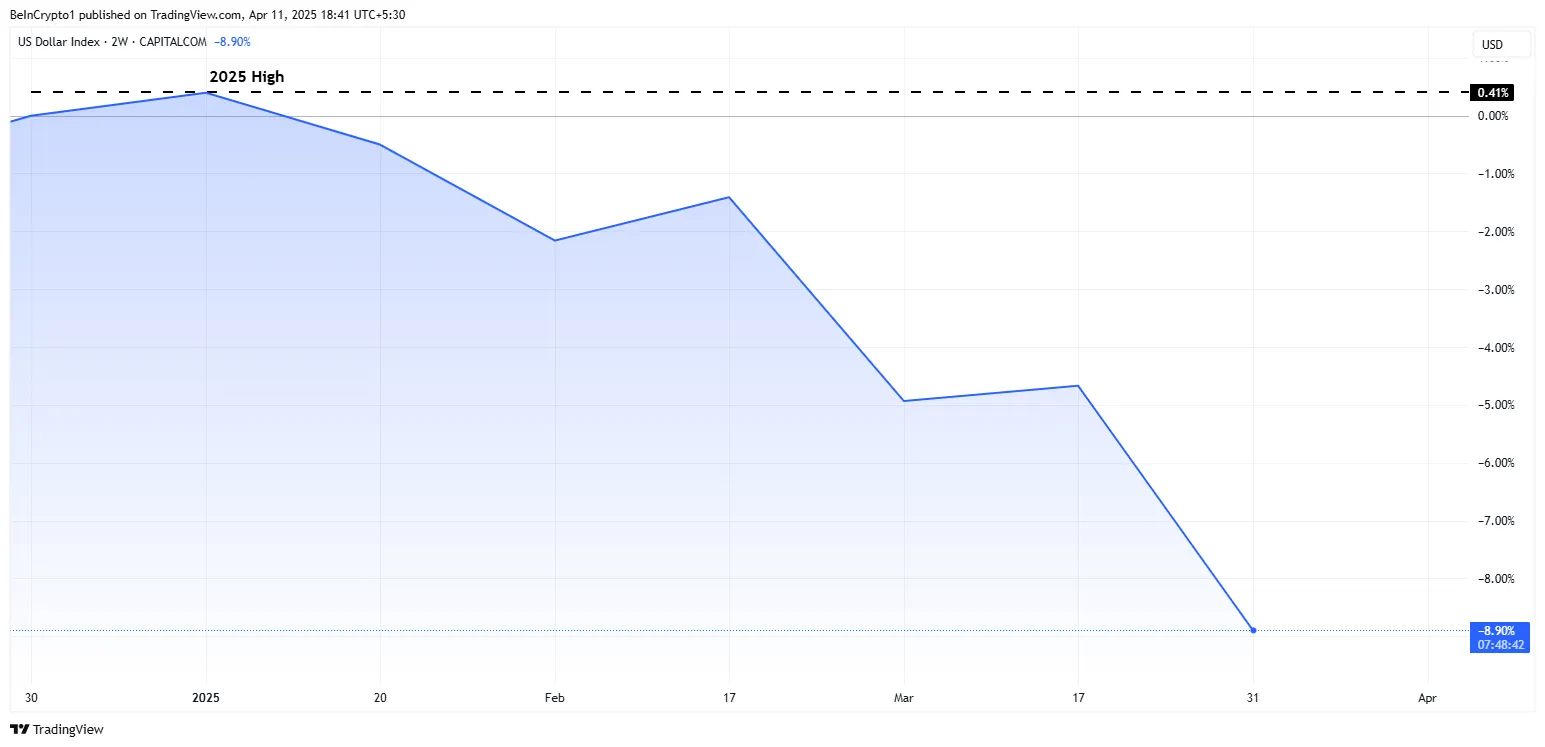
Data on TradingView shows the DXY is down by nearly 10% year-to-date (YTD), from the January 13 intra-day high of $109.87 to $99.04 as of this writing.
Byte-Sized Alpha
Crypto Equities Pre-Market Overview
| Company | Market open |
| Strategy (MSTR) | $284.26 (+5.98%) |
| Coinbase Global (COIN): | $171.09 (+1.22%) |
| Galaxy Digital Holdings (GLXY) | $14.29 (+3.97%) |
| MARA Holdings (MARA) | $11.94 (+7.10%) |
| Riot Platforms (RIOT) | $6.85 (+4.41%) |
| Core Scientific (CORZ) | $6.75 (1.91%) |
Disclaimer
In adherence to the Trust Project guidelines, BeInCrypto is committed to unbiased, transparent reporting. This news article aims to provide accurate, timely information. However, readers are advised to verify facts independently and consult with a professional before making any decisions based on this content. Please note that our Terms and Conditions, Privacy Policy, and Disclaimers have been updated.
Market
How You Can Find Altcoin Winners Early

The crypto market’s “altcoin season” isn’t what it used to be. In past cycles, Bitcoin rallies gave way to altcoin booms, lifting almost every token. Now, new market trends suggest those days of indiscriminate gains are fading.
Analysts predict a more selective altcoin cycle – “the era of everything pumping is over.” In an interview with BeInCrypto, Hitesh Malviya, the founder of the crypto analytical tool DYOR, said that retail investors looking for the next big winner must adapt to these evolving trends.
How to Find Winning Altcoins Amidst Choppy Markets
Traditionally, altcoin season meant Bitcoin’s dominance fell, and most altcoins surged. That broad rally may be ending.
“If the idea of a full-blown alt season comes from past cycles, then that’s something I really don’t expect. What we have seen so far in altcoins was simply the blooming and bursting of a bubble that happened over two bull cycles and two bear cycles,” Malviya told BeInCrypto.
Market experts foresee a more nuanced phase where only the strongest projects thrive. In short, instead of a rising tide lifting all boats, the next altcoin season may favor quality (projects with real usage and revenue) over quantity.
Investors should focus on fundamentals like usage, revenue, and community growth—the market now rewards substance over hype. Indeed, interest in speculative sectors such as meme coins has drastically declined since late January 2025.
“The adoption curve will take a new shape upwards, while the speculative curve will lose its charm, introducing lower volatility in the market, providing more stable returns, and making the market less correlated to stocks. This will create a new asset class in crypto, which should have two major types of asset offerings—tokenized equities with strong cash flow (e.g., AAVE) and store-of-value assets (BTC, ETH),” Malviya continued.

A key reason for the evolution of the altcoin season is that liquidity now rotates between different narratives.
Liquidity flows toward compelling stories. There have been mini-cycles where certain themes catch fire – meme coins, AI tokens, DeFi projects, metaverse gaming, etc. Money chases one hot narrative, then moves to the next.
Savvy investors watch social media, developer activity, and news to catch emerging narratives early and get in before the crowd.
“Liquidity will always flow into different narratives at different times, as there are multiple categories within crypto—just like in stocks, where some categories always outperform others. The same market dynamics will be seen in crypto as well,” Malviya stated.
How to Find Potential Altcoin Season Winner? Identifying Strength in Downtrends
Malviya believes that investors should watch for altcoins showing relative strength during downturns. If an altcoin can hold its value or even rise while Bitcoin slides, that resilience signals strong demand (likely early accumulation).
“At DYOR, we offer a metric called Optimised Relative Strength, which helps track some of the best coins and narratives that have shown the highest strength in the past 7, 30 and 90 days. Coins that have outperformed against the broader market in the past 30 days have a great chance of rallying when the market finds a bottom and starts a fresh leg up,” Malviya explained.

Moreover, Malviya also discussed other fundamental metrics to track. These include:
- DEX Volume: Rising trading volumes on decentralized exchanges can push the native token’s prices higher.
- Total Value Locked (TVL): Growth in deposits and total value locked implies user trust – bullish for the lending protocol’s token.
- Derivatives Volume: Increasing on-chain trading activity means more traders and fees supporting its token.
- Oracle Total Value Secured (TVS): Climbing total value secured by an oracle (e.g., Chainlink) shows a greater reliance on it, boosting token demand.
- DePIN Revenue: Actual revenue from a DePIN project (real-world service) signals a sustainable model, not just hype.
Furthermore, Malviya also emphasized the tokenomics of a crypto project. He believes that even a great project can falter if its tokenomics are flawed.
Tokenomics – a token’s supply and incentive design can make or break an altcoin. Good tokenomics (fair distribution, strong utility) create lasting demand, whereas poor tokenomics (excessive inflation or constant insider unlocks) often doom a project.
“Ideally, the community and ecosystem fund should get at least 60% of the supply to generate actual demand for the product by incentivizing developers and users through planned token emissions at different stages. Tokens are actually created to drive real user demand for the product. They can be considered as bribes to get user attention, but since these bribes are also tradable in the market, they can create a ripple effect that could potentially lead to the product’s failure. This happens because retail sentiment often mixes both the product and the token, where, in most cases, the token price eventually determines how much adoption the product gets,” Malviya elaborated.
Lastly, he shares tools that can help users potentially find the next winner for the altcoin season.
- DYOR – Users can use DYOR to find relative strength data on more than 200+ coins, detailed demand-side tokenomics data on 70+ coins, and fundamental data on 65+ coins, along with detailed research reports on top projects.
- DeFiLlama – It tracks multi-chain DeFi data like TVL and volumes.
- Dune Analytics – It is a community-driven platform offering custom on-chain data dashboards.
“The community should learn to use DeFiLlama and DUNE dashboards to uncover some interesting alphas. Most on-chain data is tracked on both of these platforms—all you need to do is find the right dashboard, take notes of the different growth metrics you notice, and build your thesis around a coin using that data to reach better due diligence,” Malviya concluded.
Those armed with solid research stand the best chance of catching the next altcoin season winner.
Disclaimer
In adherence to the Trust Project guidelines, BeInCrypto is committed to unbiased, transparent reporting. This news article aims to provide accurate, timely information. However, readers are advised to verify facts independently and consult with a professional before making any decisions based on this content. Please note that our Terms and Conditions, Privacy Policy, and Disclaimers have been updated.
-

 Market24 hours ago
Market24 hours ago3 Bullish Altcoins Surging After Trump’s Tariff Pause
-
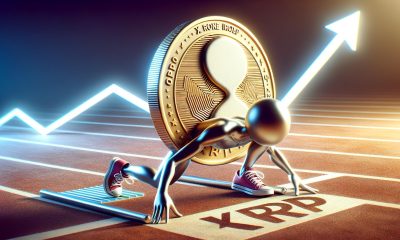
 Market11 hours ago
Market11 hours agoXRP Price Ready to Run? Bulls Eyes Fresh Gains Amid Bullish Setup
-

 Market21 hours ago
Market21 hours agoADA Price Surge Signals a Potential Breakout
-

 Bitcoin24 hours ago
Bitcoin24 hours agoThis is Why Hoskinson Thinks Bitcoin Will Hit $250,000 in 2025
-

 Market23 hours ago
Market23 hours agoHedera (HBAR) Jumps 14%—More Gains Ahead?
-

 Altcoin13 hours ago
Altcoin13 hours agoXRP Price Risks 40% Drop to $1.20 If It Doesn’t Regain This Level
-

 Bitcoin22 hours ago
Bitcoin22 hours agoBitcoin Holders are More Profitable Than Ethereum Since 2023
-
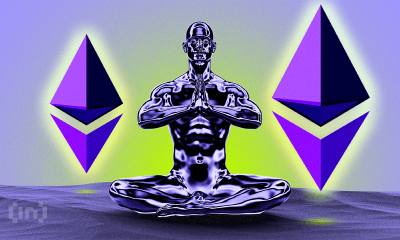
 Market20 hours ago
Market20 hours agoEthereum Price Climbs, But Key Indicators Still Flash Bearish






